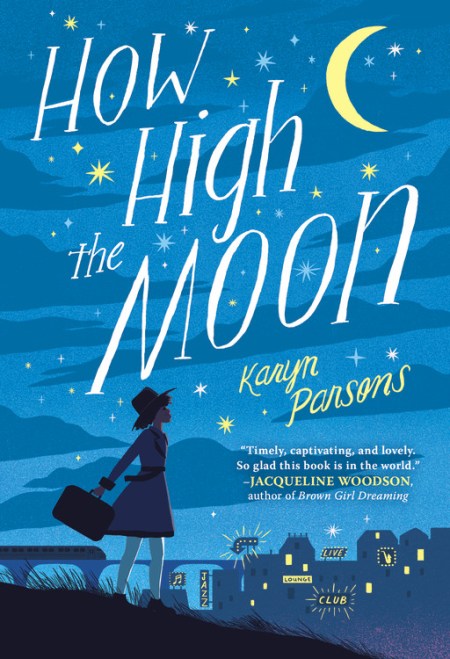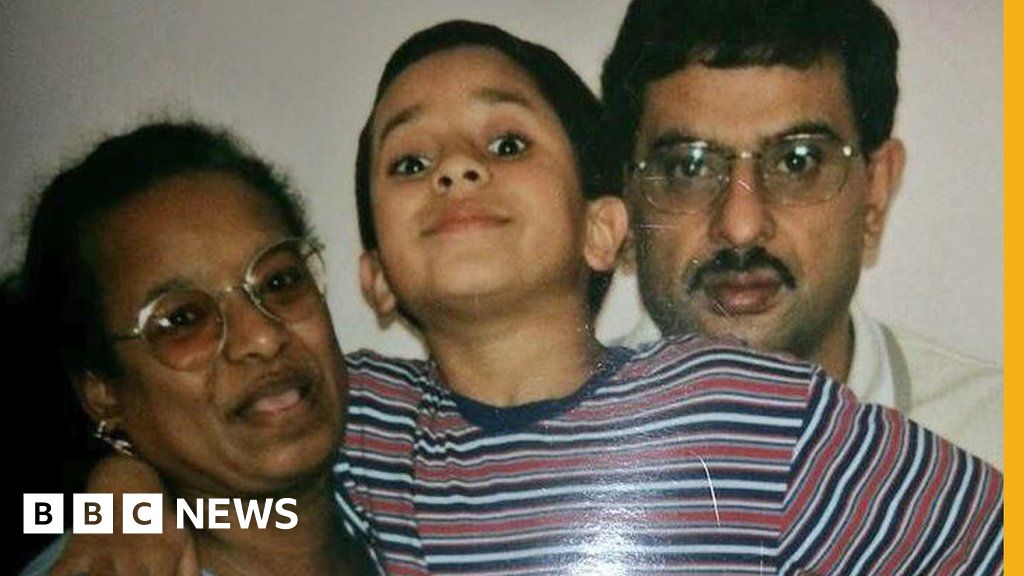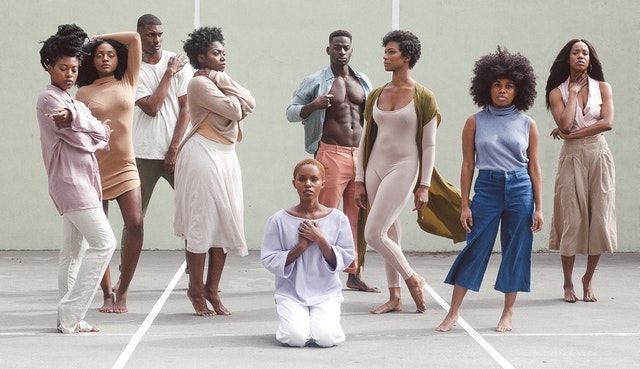Black mixed-race men’s perceptions and experiences of the policePosted in Articles, Law, Media Archive, Social Justice, United Kingdom on 2019-03-15 18:10Z by Steven |
Black mixed-race men’s perceptions and experiences of the police
Ethnic and Racial Studies
Volume 42, 2019 – Issue 2
pages 198-215
DOI: 10.1080/01419870.2017.1417618
Lisa J. Long, Senior Lecturer in Criminology
Leeds Beckett University, Leeds, United Kingdom
Remi Joseph-Salisbury, Senior Lecturer in Education Studies
Leeds Beckett University, Leeds, United Kingdom
For black people in Britain, policing has long been a site of oppression and resistance. Whilst substantive change has been lacking, institutional racism within the British police has at least been acknowledged. Concomitantly, Critical Mixed Race Studies (CMRS) has shown that much of the race and ethnicity literature ignores the experiences of mixed-race populations. In this paper, we utilize two studies to consider black mixed-race men’s perceptions and experience of policing in Britain. In total, we draw upon interviews with 17 black mixed-race men. Whilst we recognize that their experiences are often homogenized with blackness, in the context of police contact, we show that many black mixed-race men believe they are seen as part of a black monolith. We conclude that, in this context, mixedness does not bring about clearly differentiated experiences from that of black men. The absence of clear particularities to mixedness is of significance to CMRS.
Read the entire article here.







